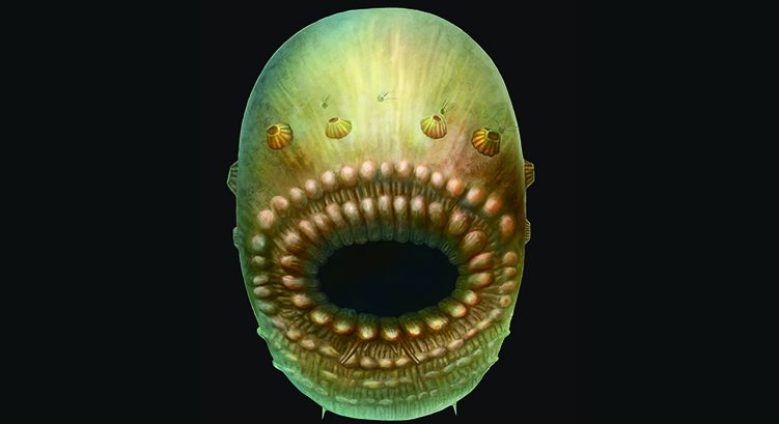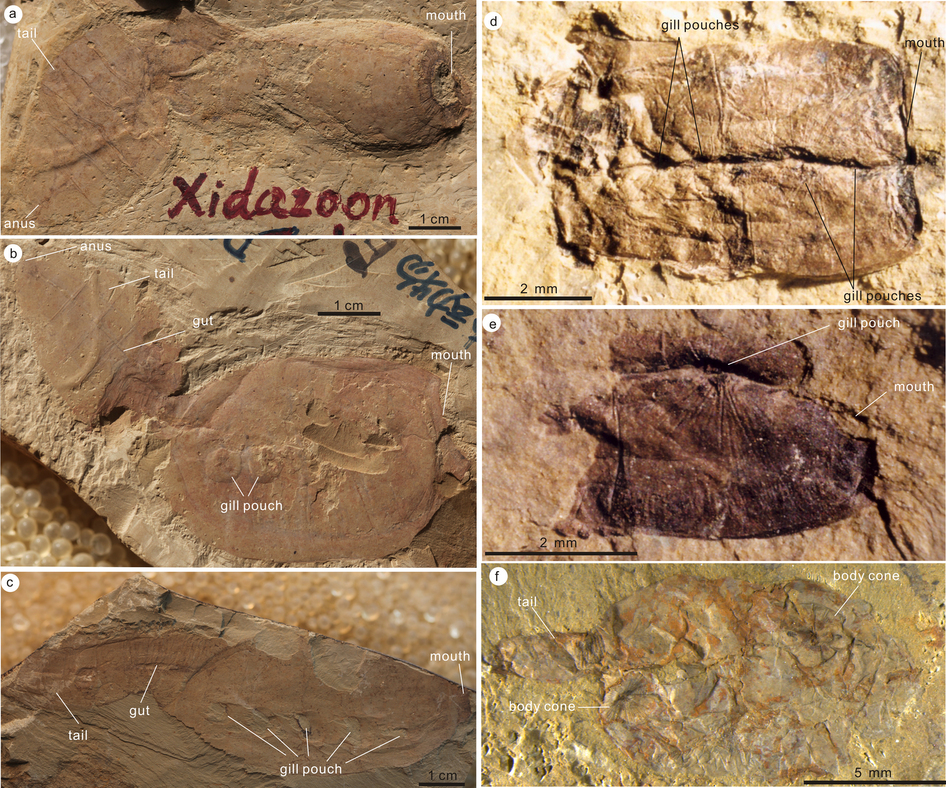
In evolutionary biology, the concept of “common descent” is that all living things share a common ancestor. And while the scientific community has long supported the fact that humans and apes share a common ancestor, new research has traced human ancestry back even farther: to fish.
The study suggests our earliest ancestor is a tiny sea creature that lived 540 million years ago, a finding pulled from fossil records from central China. Saccorhytus coronarius has been identified as the earliest known deuterostome, a biological category that includes a range of species, from invertebrates (like jellyfish) to mammals and amphibians. Published in Nature, the study argues the Saccorhytus is part of the evolutionary process that eventually gave way to humans.

The remarkable condition of the fossil that was found in the Shaanxi Province (see above) made it easier for the multidisciplinary team of researchers to generate a theory of what the common ancestor might look like. Scientists believe the Saccorhytus, like a human, was bilaterally symmetrical, meaning one half of its body was the same as the other. But that’s about the only common feature the two beings share.
Described as bag-like, the microscopic sea critter was about a millimeter long—small enough that researchers think it could’ve lived between grains of sand in the sea bed. Saccorhytus had a large mouth that likely served the function as the organism’s anus (a common trait among primitive deuterostomes), given the lack of any such identifiable orifice. The study also said it likely had thin, flexible skin and moved by wriggling its body.
Read the full study here.
—RealClearLife Staff
This article was featured in the InsideHook newsletter. Sign up now.






















